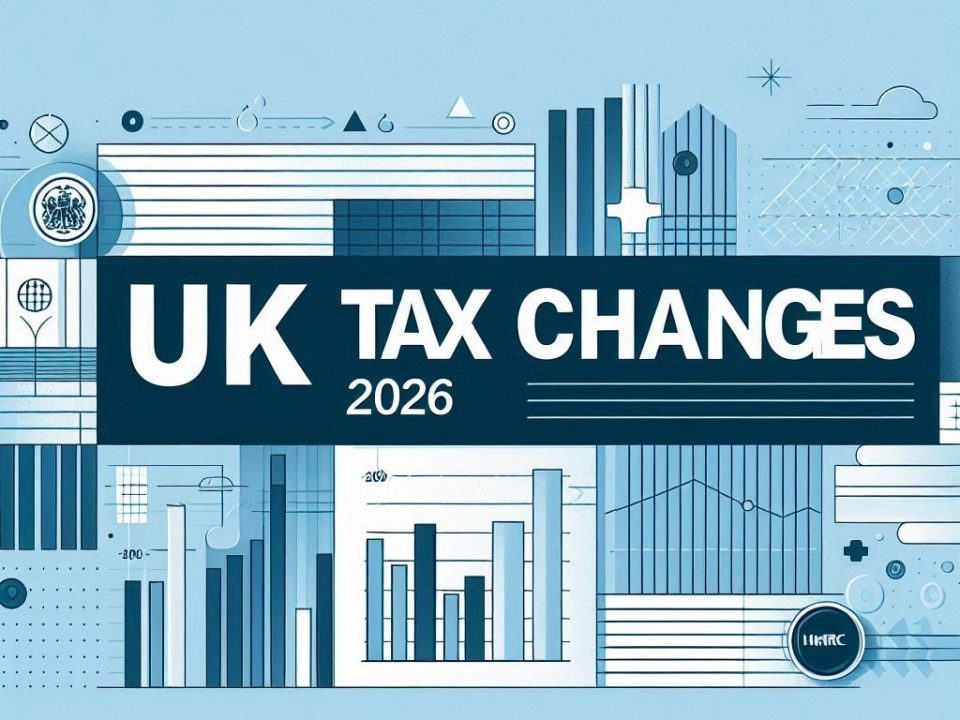🌟 VAT: Flat Rate Scheme vs. Standard Scheme – Which One’s Right for You? 🌟
September 24, 2024Will HMRC Accept Scanned Receipts for Business Expenses?
October 4, 2024Making Tax Digital (MTD) is part of the UK government’s long-term strategy to simplify the tax system and make it more efficient. After the successful implementation of MTD for VAT, the next step is MTD for Income Tax Self Assessment (ITSA). If you’re self-employed, a landlord, or running a small business, MTD for ITSA will impact how you manage and submit your tax information.
Let’s break down what MTD for ITSA means for you and how you can prepare for the upcoming changes.
What is MTD for ITSA?
MTD for ITSA is a new way of reporting income tax, requiring individuals and businesses to keep digital records and submit quarterly updates to HMRC using MTD-compliant software. This will replace the traditional method of submitting a single annual Self Assessment tax return.
The goal is to make tax reporting more accurate, avoid errors, and allow for easier access to real-time information on your tax obligations.
Who Needs to Comply?
MTD for ITSA applies to:
- Self-employed individuals with business or trading income above £50,000 (from April 2026)
- Landlords with property income above £50,000 (from April 2026)
- If you have both trading and property income, the combined total will count towards the threshold.
The threshold will reduce to £30,000 in April 2027, bringing more individuals into the scope of MTD for ITSA.
Note: If your income is below the threshold, MTD is not yet mandatory, but you can still choose to opt in voluntarily.
Key Dates to Remember
- April 2026: MTD for ITSA starts for individuals with income over £50,000.
- April 2027: MTD for ITSA expands to those earning between £30,000 and £50,000.
- Quarterly submissions: Once you’re within the MTD for ITSA scope, you’ll need to submit tax information every three months via digital software.
How Does MTD for ITSA Work?
- Digital Record Keeping: You must use MTD-compatible software to record your business and property income and expenses. This can include accounting software like Xero, QuickBooks, or FreeAgent. The days of spreadsheets and paper records are coming to an end.
- Quarterly Reporting: Instead of the traditional annual tax return, you’ll submit updates to HMRC every quarter. These submissions provide a summary of your income and expenses for the quarter, allowing you to track your tax liabilities throughout the year.
- End-of-Period Statement: At the end of the tax year, you’ll submit an End-of-Period Statement (EOPS) to confirm all your tax information is accurate and up to date.
- Final Declaration: This replaces the Self Assessment tax return and is used to declare your total income for the year, confirm any adjustments, and calculate your final tax bill.
Why MTD for ITSA?
The introduction of MTD for ITSA aims to reduce errors in tax filings and provide individuals with a more transparent understanding of their tax liabilities. Benefits include:
- More accurate tax filings: With real-time data submission, the likelihood of errors decreases.
- Better cash flow management: Quarterly updates allow you to plan ahead, knowing what tax you owe.
- Time-saving: By using digital software, your tax submissions can become a quicker and more streamlined process.
What You Should Do to Prepare
- Choose MTD-compatible software: Start researching and investing in software that suits your needs. Most accounting software platforms are already MTD-ready and offer a range of features from invoicing to tax reporting.
- Get comfortable with quarterly reporting: Transitioning to a system where you report taxes quarterly is a significant change from the annual Self Assessment. Start familiarizing yourself with how to input data digitally and prepare quarterly summaries.
- Keep accurate digital records: Make sure you’re keeping accurate and up-to-date records of your business or property income and expenses. This will make quarterly submissions easier and more accurate.
- Seek professional advice: If you’re unsure about the transition to MTD for ITSA or need help setting up digital systems, it’s a good idea to consult with an accountant or tax advisor to ensure a smooth transition.
Common Questions About MTD for ITSA
Q: Do I still need to submit a tax return under MTD for ITSA?
A: No, the annual Self Assessment tax return will be replaced by quarterly updates and a final declaration.
Q: Will there be penalties for not complying with MTD for ITSA?
A: Yes, penalties will apply for late submissions or non-compliance. HMRC has announced a points-based penalty system, where points are accumulated for missed deadlines, eventually leading to fines.
Q: Can I use spreadsheets for MTD for ITSA?
A: Spreadsheets alone won’t comply with MTD requirements. However, you can use bridging software that links spreadsheets to HMRC’s systems, though it’s recommended to fully transition to MTD-compatible software for better efficiency.
Conclusion
MTD for ITSA represents a shift in how self-employed individuals and landlords manage their taxes. By embracing digital record keeping and quarterly submissions, you can ensure more accurate tax reporting and avoid last-minute tax surprises. The key is to start preparing early by adopting the right tools and practices, so you’re ready when MTD becomes mandatory in 2026.
For more information or assistance with MTD for ITSA, feel free to reach out to us at Taxes Done Right Ltd. We’re here to make your tax journey smoother and stress-free!



